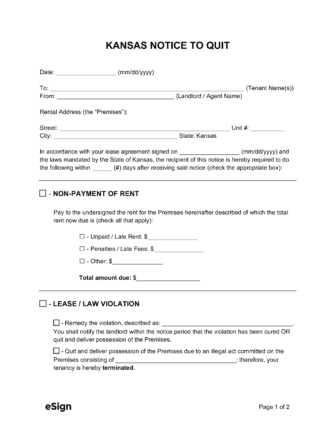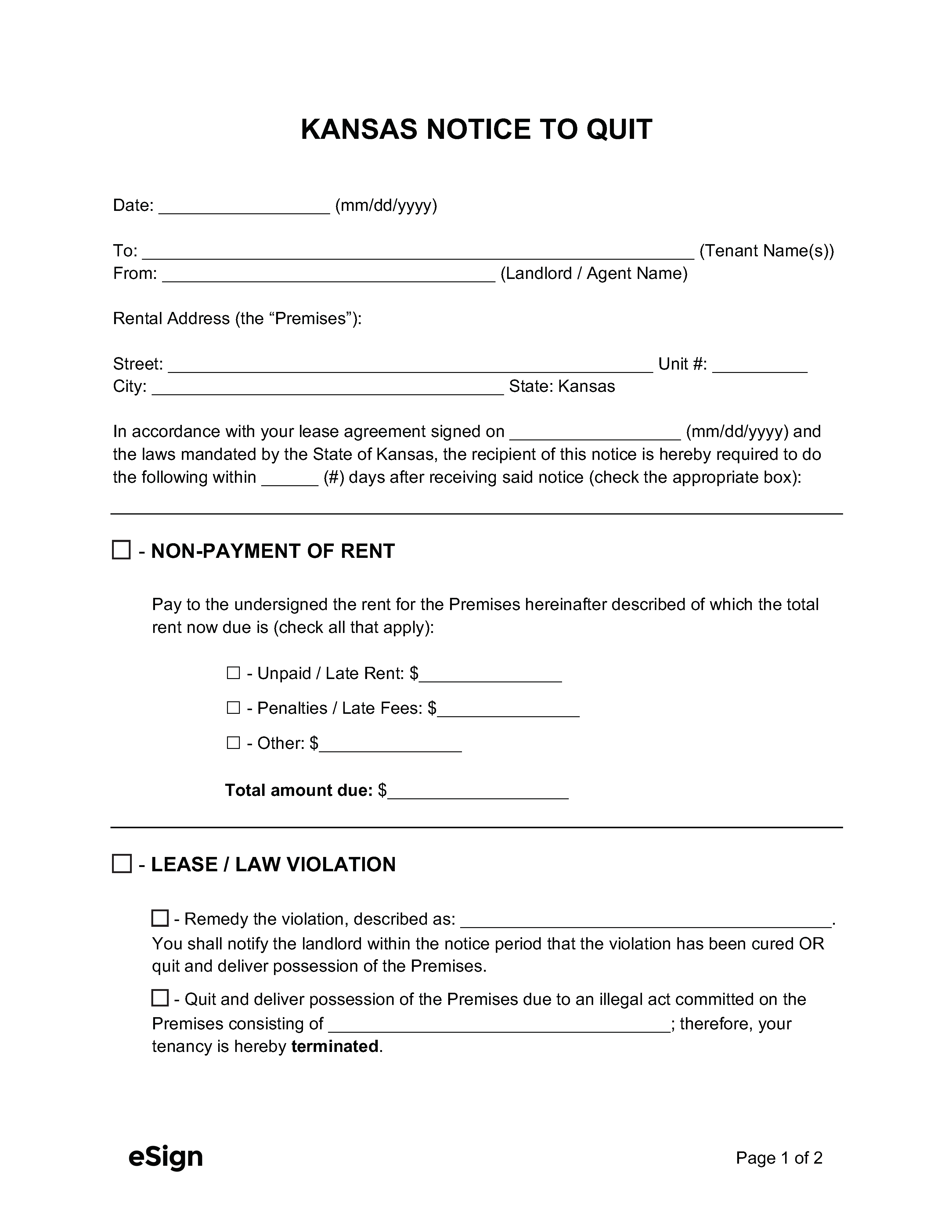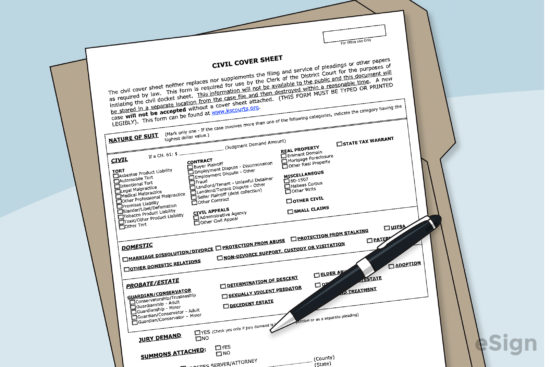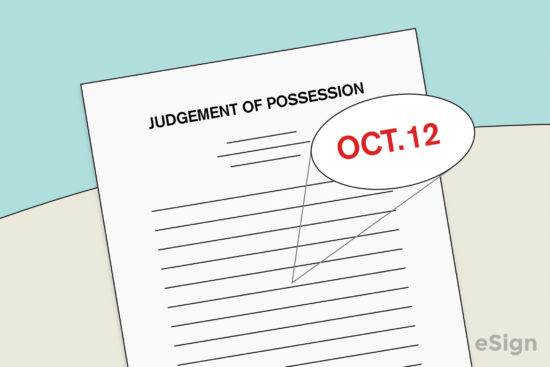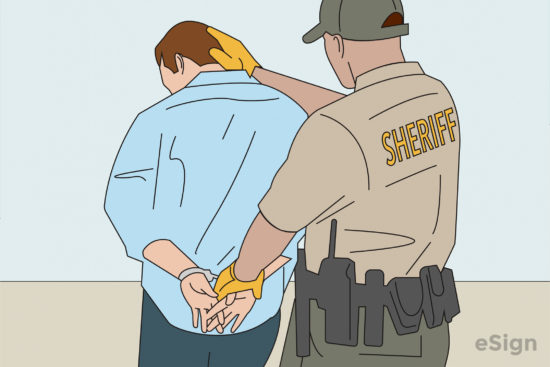Eviction Notices: By Type (3)
3-Day Notice to Quit | Non-Payment of Rent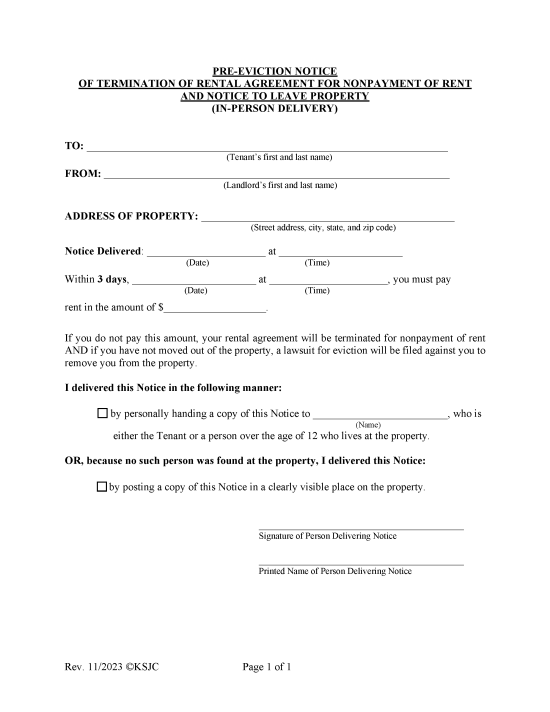 – Gives a tenant three days’ notice to pay rent or move out. – Gives a tenant three days’ notice to pay rent or move out.
Download: PDF |
14/30-Day Notice to Quit | Non-Compliance – Given to a tenant who violates the rental agreement outside of non-payment. – Given to a tenant who violates the rental agreement outside of non-payment.
Download: PDF, Word (.docx), OpenDocument |
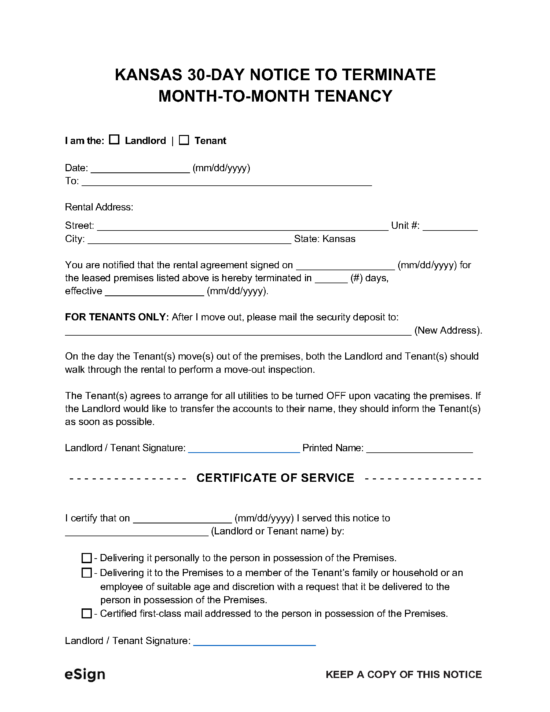 30-Day Notice to Terminate Month-to-Month Lease – Allows a landlord or tenant to terminate a monthly lease after 30 days. 30-Day Notice to Terminate Month-to-Month Lease – Allows a landlord or tenant to terminate a monthly lease after 30 days.
Download: PDF, Word (.docx), OpenDocument |
Notice Requirements
How to Evict a Tenant in Kansas
Step 1 – Complete Eviction Notice
Landlords must first draft a notice stating the reason for the lease termination and the number of days the tenant has to fix the problem or vacate the premises.
Step 2 – Deliver Notice to Tenant
A copy of the completed notice must be delivered to the tenant by mail, hand, or posting on the premises. Depending on the reason for the eviction, the tenant may be given either 3 or 14 days to remedy the situation.
Step 3 – File Petition for Eviction
If the tenant doesn’t fix the issue or move out, the landlord may file an eviction lawsuit with the district court by submitting a Petition for Eviction. A Civil Cover Sheet, an Eviction Summons form, and a filing fee must be included with the petition
Step 4 – Serve Summons on Tenant
Once the landlord’s petition has been processed, the court will schedule an eviction hearing and issue an Eviction Summons stating the date, time, and location of the first eviction hearing.
The landlord must arrange to have the Eviction Summons and a copy of the Petition for Eviction served on the tenant by sheriff, mail, or process server.
Step 5 – Attend Pre-Trial Hearing
Both the tenant and landlord must appear in court for the eviction hearing. A default judgment will be made in favor of the landlord if the tenant fails to attend.
If the tenant objects to the petition, a formal trial will be scheduled within 14 days of the initial hearing.
Step 6 – Present Case at Eviction Trial
The landlord must attend the eviction trial to present their evidence to the court. To ensure their success, the landlord must have sufficient evidence showing that the tenant is no longer entitled to possession of the premises.
Step 7 – Eviction Judgment
If the landlord wins the eviction trial, a Judgment of Possession will be awarded to the landlord. This document indicates a date by which the tenant will be required to vacate the premises.
Step 8 – Evict Tenant
Should the tenant fail to comply with the eviction terms and remain on the property, the landlord may request a Writ of Restitution for Immediate Possession to authorize the sheriff’s office to physically remove the tenant within 14 days.
Court Forms + Resources
Forms
- Civil Cover Sheet
- Signing: N/A
- Petition for Eviction
- Signing: Landlord (or Attorney)
- Eviction Summons
- Signing: Clerk and Process Server or Officer
- Writ of Restitution for Immediate Possession
- Signing: Judge and Officer
- Journal Entry Eviction – Issued to the plaintiff by the court.
- Signing: Judge
- Self-Represented Litigant Certification Form
- Signing: Landlord
Resources
